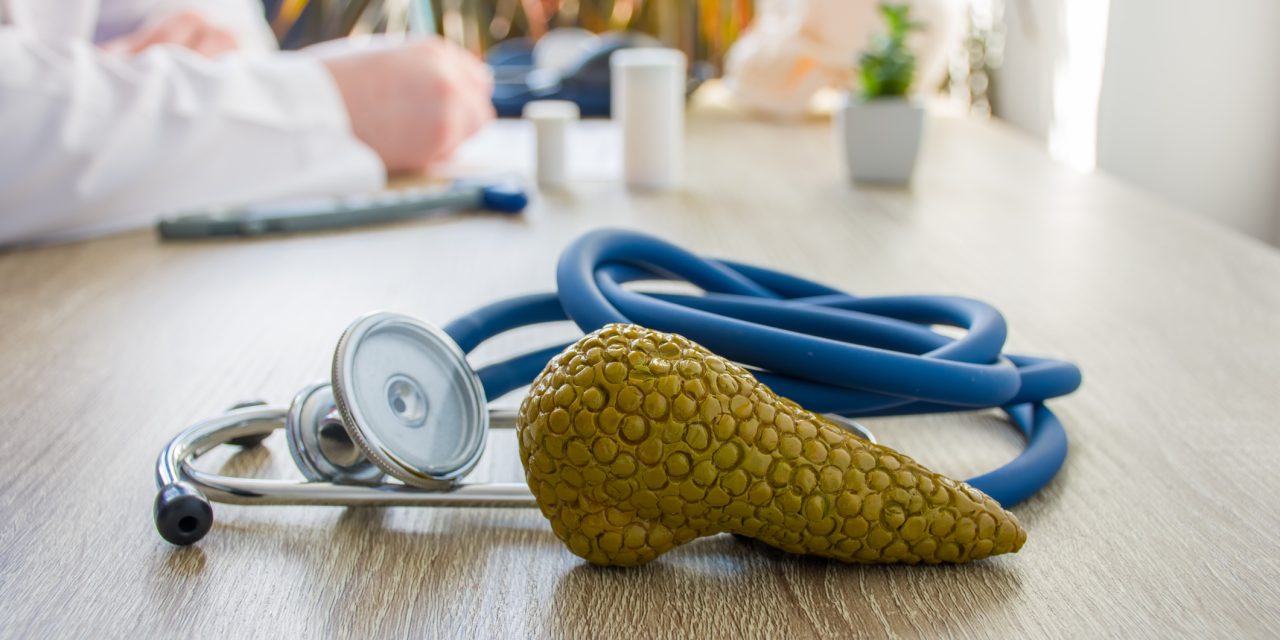Bioactive nanofibres play a useful role in increasing the efficiency of tissue engineering scaffolds. MicroRNAs (miRs) alone, and in combination with tissue engineering scaffolds, can be effective in treating bone fractures and osteoporosis by regulating many post-transcriptional cellular pathways. Herein, miR-181a/b-1 was incorporated in the electrospun poly (lactic-co-glycolic acid) (PLGA) nanofibres (PLGA-miR). After characterization scaffolds, the osteoinductive capacity of the nanofibres was investigated when adipose-derived mesenchymal stem cells (AT-MSCs) were cultured on the PLGA and PLGA-miR nanofibres. miR incorporating in the nanofibres has not any significant effect on the size and morphology of the nanofibres, but its biocompatibility was increased significantly compared to the empty nanofibres. Alkaline phosphatase (ALP) activity and calcium measures were evaluated as two important osteogenic markers, and the results revealed that the highest measures were observed in the AT-MSCs cultured on PLGA-miR nanofibres. Detected ALP activity and calcium measures in miR-transduced AT-MSCs cultured on TCPS were also significantly higher than AT-MSCs cultured on PLGA and TCPS groups. The highest expression levels of bone-related genes were observed in the AT-MSCs cultured on PLGA-miR nanofibres. This improvement in the osteogenic differentiation potential of the AT-MSCs was also confirmed by evaluating osteopontin protein in the cells cultured on PLGA-miR. It can be concluded that miR-181a/b-1 has a significant impact on the AT-MSC osteogenic differentiation, and this impact synergistically increased when incorporated in the PLGA nanofibres.© 2021 The Authors. Journal of Cellular and Molecular Medicine published by Foundation for Cellular and Molecular Medicine and John Wiley & Sons Ltd.
MicroRNA-181a/b-1-encapsulated PEG/PLGA nanofibrous scaffold promotes osteogenesis of human mesenchymal stem cells.


